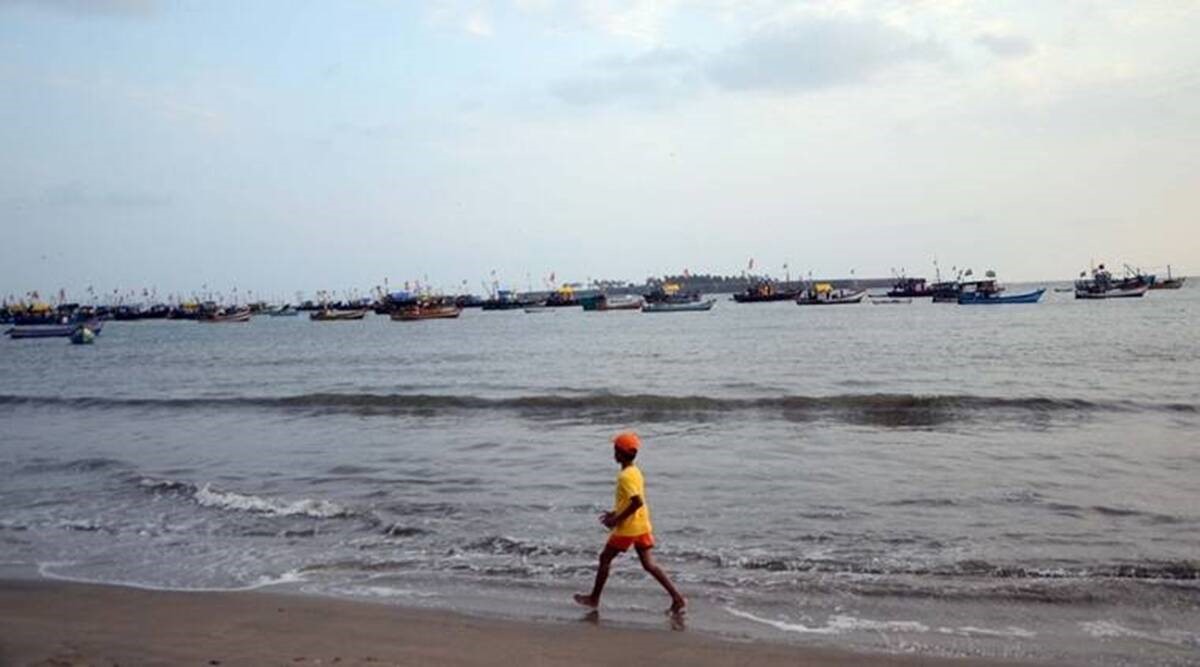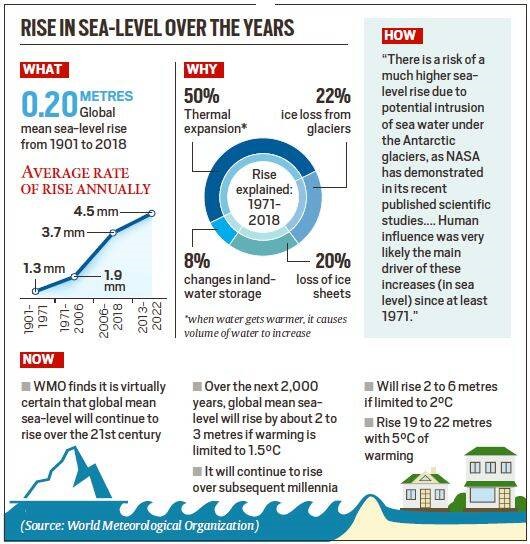Free Courses Sale ends Soon, Get It Now


Free Courses Sale ends Soon, Get It Now



Copyright infringement not intended
Context: India, China, Bangladesh and the Netherlands face the highest threat of sea-level rise globally, according to a new report by the World Meteorological Organization (WMO).
Details:
Findings of the report:

Case studies:
What’s causing sea level to rise?
Consequences of Sea level rise:
How drowning of cities can be prevented?
World Meteorological Organization (WMO)

© 2024 iasgyan. All right reserved